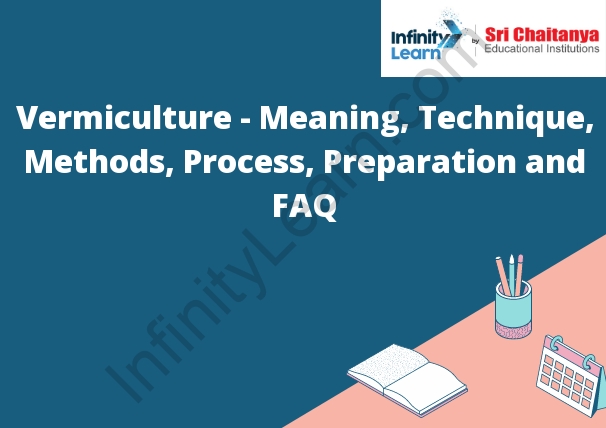Table of Contents
Vermiculture
Vermiculture is the process of using worms to break down organic matter into compost. The worms eat the organic matter and then excrete a rich compost that can be used to fertilize plants.

Vermiculture Meaning
The word vermiculture is derived from the Latin word vermis, meaning worm. Vermiculture is the process of using worms to break down organic matter into compost. The worms eat the organic matter and the compost is excreted from their bodies. This compost can then be used to fertilize plants.
Vermiculture Techniques
There are a few different vermiculture techniques, but the most popular is the use of worms to break down organic waste and turn it into usable compost. This is done setting up a bin with a layer of wet newspaper or cardboard on the bottom, then adding a layer of soil. The worms added to the top and the organic waste is added gradually. The worms will eat the organic waste and create compost in the process.
Manual Method of Harvesting
Manual harvesting is a process where fruits and vegetables hand-picked from the plant. This often done when the produce is ripe and ready to harvested.
Migration Method of Harvesting
The migration method of harvesting is a technique used to remove a fluid from a container. The fluid forced out of the container by a migration pump and collected in a collection vessel. This method often used to harvest cells or proteins from a culture.
Mechanical Method of Harvesting
Mechanical harvesting involves the use of machinery to remove the crop from the field. The machinery used may include a tractor, combine harvester, or picker. The harvester may either deposit the crop in a wagon or cart for transport to the processing facility or it may deposit the crop directly into a storage container on the farm.
Vermiculture Process
- The vermiculture process begins with choosing a site for the worm bin. The site should be in a shady spot with good drainage. The bin should placed on a platform or blocks to provide good air circulation.
- Next, the bedding prepared. The bedding should made of a mixture of wet and dry leaves, straw, or shredded paper. The bedding should be damp but not wet.
- The worms then added to the bin. Red worms, Eisenia foetida, are the best type of worm for vermiculture. They can tolerate a wide range of temperatures and can live in both wet and dry conditions.
- The worms eat the bedding and produce castings. The castings are a nutrient-rich fertilizer that can used in the garden.
- The vermiculture process repeated by adding more bedding and food to the bin as the worms eat it. The castings can collected periodically and used in the garden.
Materials Required for Vermicomposting:
- Worm bin – any size or shape
- Soil – enough to fill your bin half way
- Compost – enough to fill your bin the rest of the way
- Worms – 1,000-2,000 worms per pound of organic matter
- Water – enough to keep the soil moist
Preparation of Vermicomposting
The first step in preparing to vermicompost is to gather a bin, worms, bedding, food, and water.
- The bin can be any kind of container as long as it has a lid. The worms can bought at a pet store or online. The bedding can made up of any organic material such as leaves, straw, or shredded paper. The food can any organic material such as vegetables, fruits, coffee grounds, or egg shells. The water added as needed to keep the bedding moist.
- Once the bin, worms, bedding, food, and water gathered, the next step is to create a bedding layer. The bedding layer should be about 8-10 inches deep. The food then added on top of the bedding layer. The worms will eat their way down through the bedding layer to get to the food. The water then added as needed to keep the bedding moist.
Vermiculture Facts
- Worms consume their own weight in food every day.
- Worms are able to process food and turn it into soil in as little as 24 hours.
- Worm castings (or soil) are five times richer in nitrogen, seven times richer in phosphorus, and eleven times richer in potassium than traditional garden soil.
- Worm castings also contain beneficial bacteria and fungi, which help to break down organic matter and improve soil health.
Significance of Vermiculture
The significance of vermiculture is that it helps to manage organic waste and turn it into a valuable resource. Worms can eat up to half their weight in food each day, which helps to break down the food waste and turn it into nutrient-rich compost. This compost can then used to fertilize plants and help improve soil quality.









